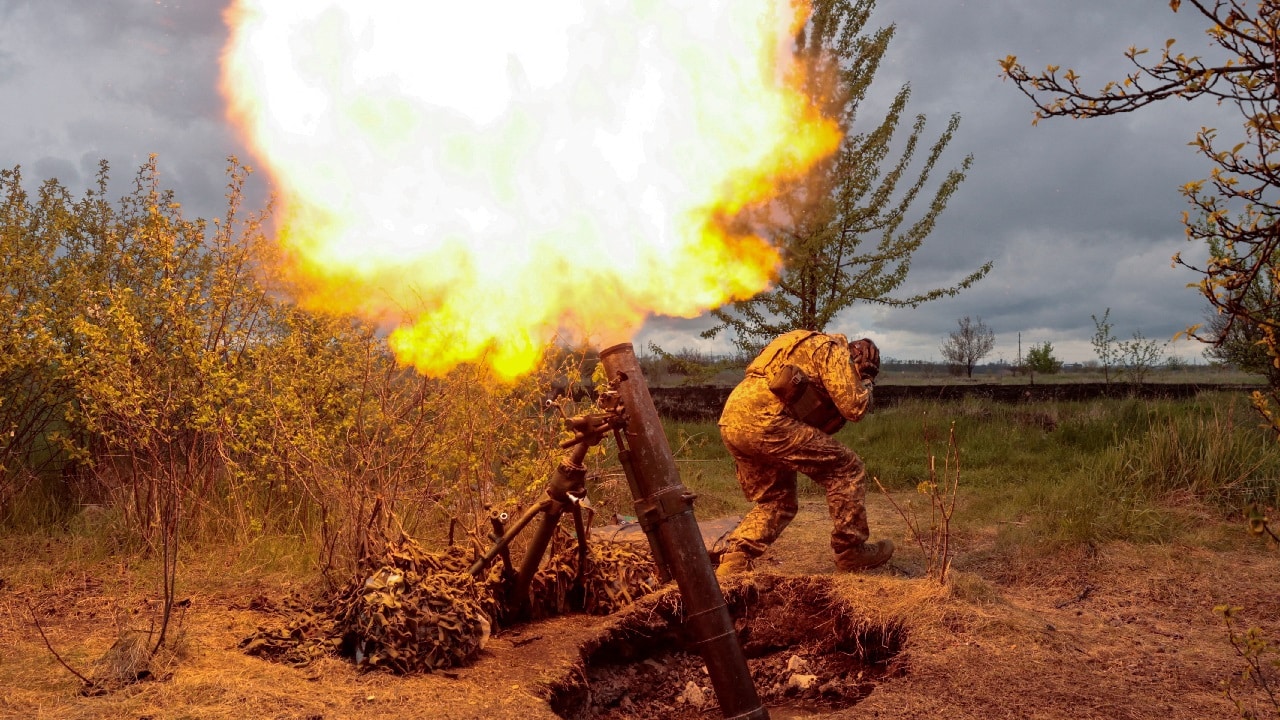Putin Just Keeps Losing in Ukraine: The war in Ukraine reached the 300-day mark. In almost ten months of conflict, the Russian military has failed to achieve any of its primary objectives, suffering horrific losses in the process.
(Subscribe to Our YouTube Channel Here.)
The Ukrainian military has managed to liberate more than 50 percent of the maximum amount of territory the Russian forces have seized since February 24, when the invasion began. Right now, the Russian forces control approximately 18 percent of the internationally recognized territory of Ukraine, including the Crimean Peninsula and the Donbas.
And the Ukrainian forces continue to advance almost all across the battlefield, eager to liberate more territory in the east and south, while defending valiantly in the Donbas, especially the town of Bakhmut.
The Russian Casualties in Ukraine
The Russian military continues to get hammered in Ukraine. On average, the Russian forces have been losing about 450 men killed the past few days. Russian commanders don’t seem to have changed their standard operating procedures and continue to commit troops to ill-thought missions that result in heavy casualties for the attackers.
Overall, the Ukrainian Ministry of Defense claimed that as of Tuesday, Ukrainian forces have killed approximately 99,230 Russian troops (and wounded approximately twice to thrice that number), destroyed 281 fighter, attack, bomber, and transport jets, 266 attack and transport helicopters, 2,995 tanks, 1,960 artillery pieces, 5,974 armored personnel carriers and infantry fighting vehicles, 410 Multiple Launch Rocket Systems (MLRS), 16 boats and cutters, 4,599 vehicles and fuel tanks, 211 anti-aircraft batteries, 1,680 tactical unmanned aerial systems, 177 special equipment platforms, such as bridging vehicles, and four mobile Iskander ballistic missile systems, and 653 cruise missiles shot down by the Ukrainian air defenses.
Russian Command and Accountability
Last week, Russian President Vladimir Putin visited the Joint Headquarters that the Russian military has established to coordinate the campaign in Ukraine. During his visit, the Russian leader met with several senior military officials and officers, including Defense Minister Sergey Shoygu, Chief of the General Staff Valery Gerasimov, and Commander of the Russian Group of Forces in Ukraine, General Sergey Surovikin.
Putin invited proposals from his military advisers for how to proceed on the ground in Ukraine, and especially how to counter the highly-effective Ukrainian counteroffensives.
“In this choreographed meeting Putin likely intended to demonstrate collective responsibility for the special military operation,” the British Military Intelligence assessed in its latest estimate of the war.
“This display likely aimed to deflect Putin’s responsibility for military failure, high fatality rates and increasing public dissatisfaction from mobilisation. The televised footage was probably designed to also dispel social media rumours of General Gerasimov’s dismissal,” the British Military Intelligence added.
Putin also traveled to Belarus in an attempt to coerce Belarussian President Alexander Lukashenko into taking his country to war and joining the Russian “special military operation” in Ukraine. Minsk has steadfastly resisted taking an active part in the war, accurately judging that the Belarussian people are against it and that Moscow’s chances of successes aren’t big. Belarus, however, has facilitated the Russian campaign by allowing Russian troops to operate from Belarussian territory and attack Kyiv.
Expert Biography: A 19FortyFive Defense and National Security Columnist, Stavros Atlamazoglou is a seasoned defense journalist specializing in special operations, a Hellenic Army veteran (national service with the 575th Marine Battalion and Army HQ), and a Johns Hopkins University graduate. He is currently working towards a Master’s Degree in Strategy and Cybersecurity at the Johns Hopkins University’s School of Advanced International Studies (SAIS). His work has been featured in Business Insider, Sandboxx, and SOFREP.

